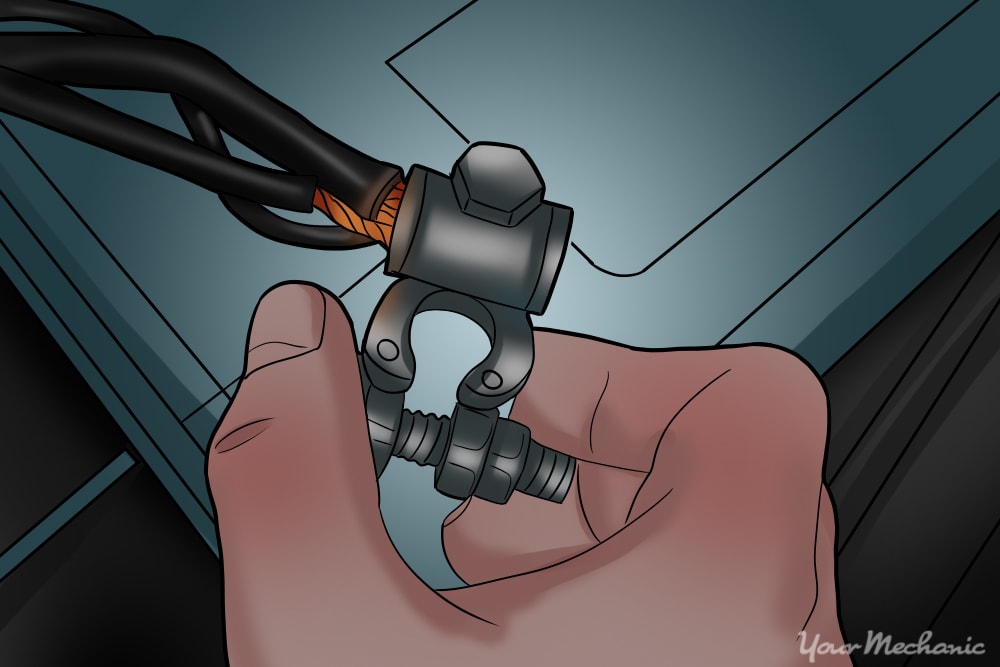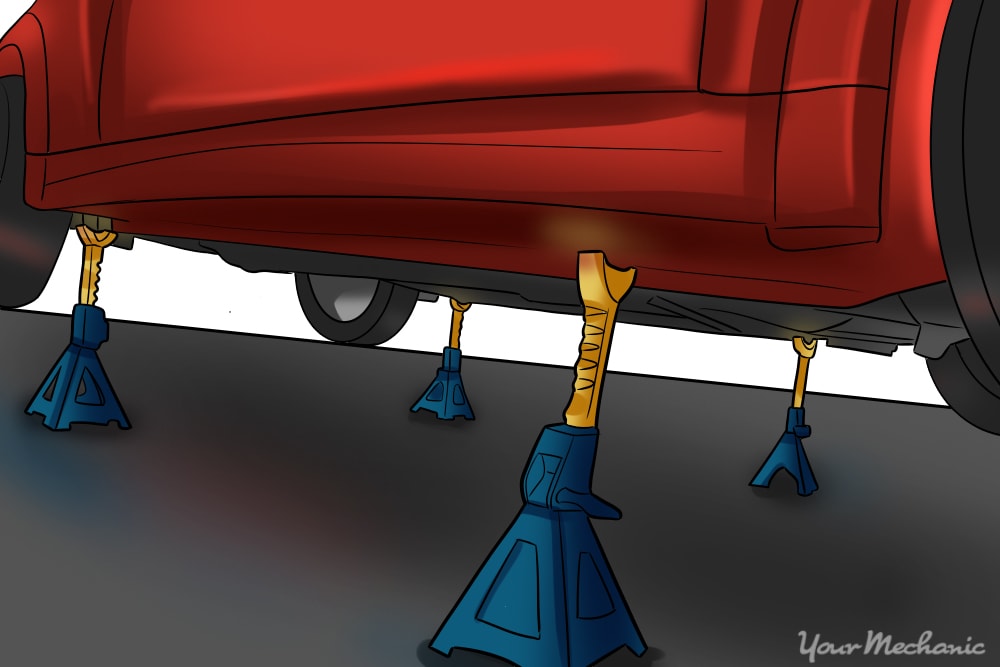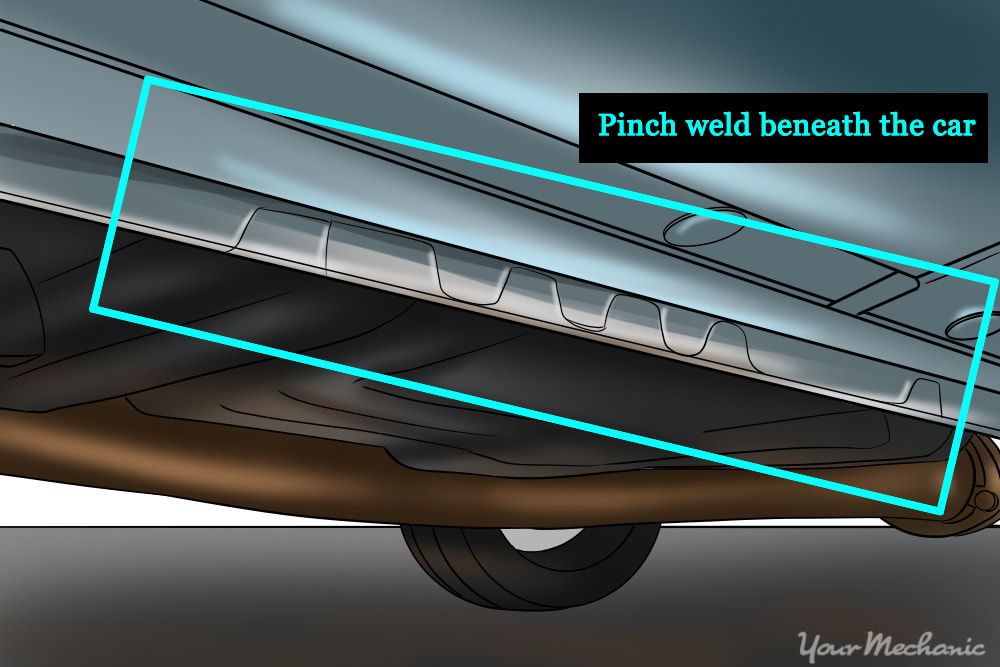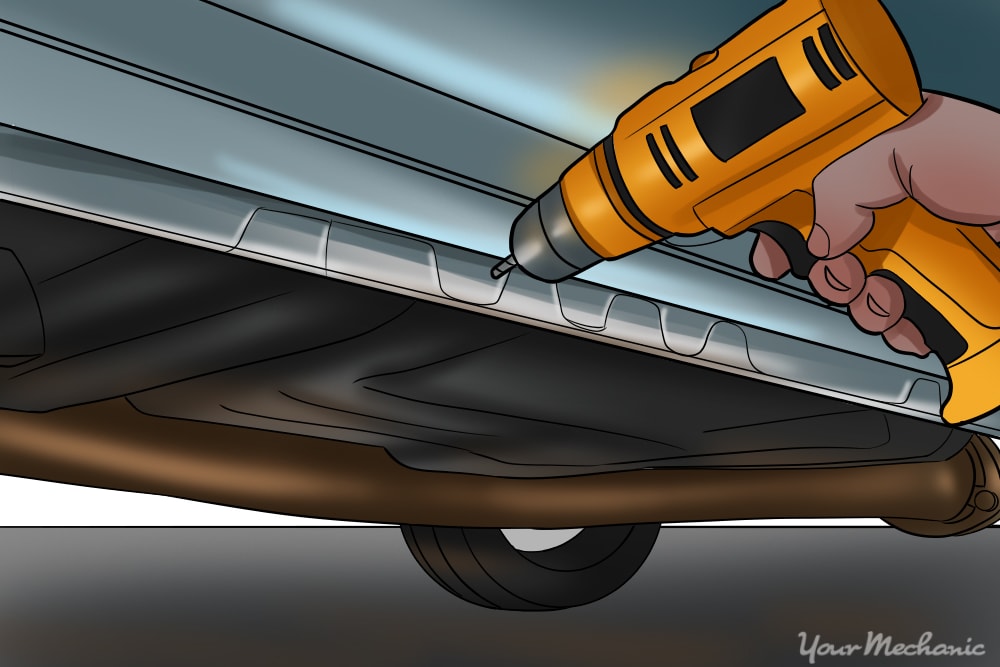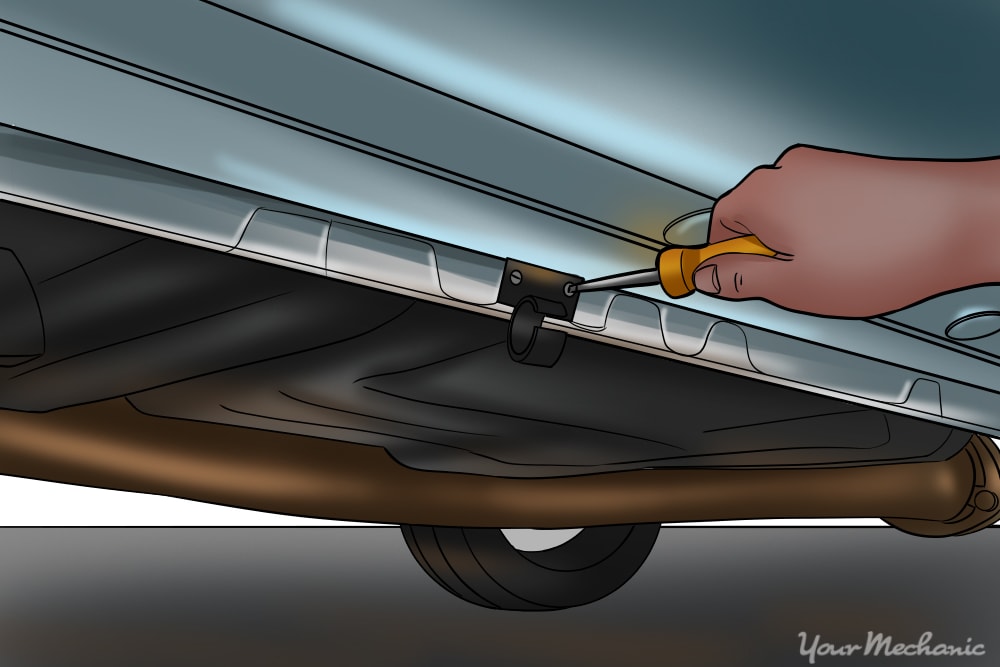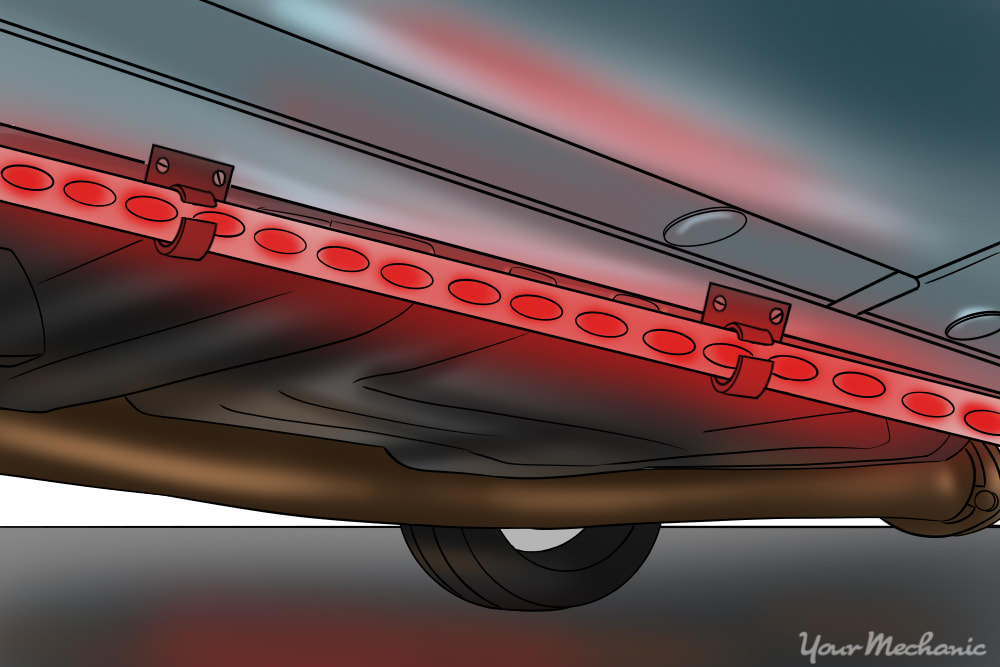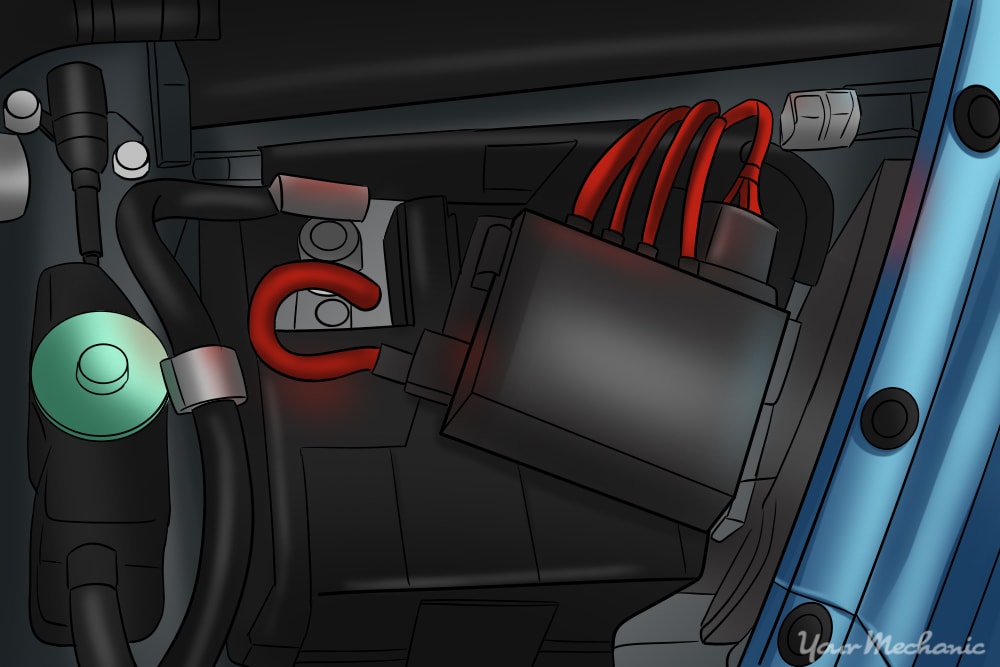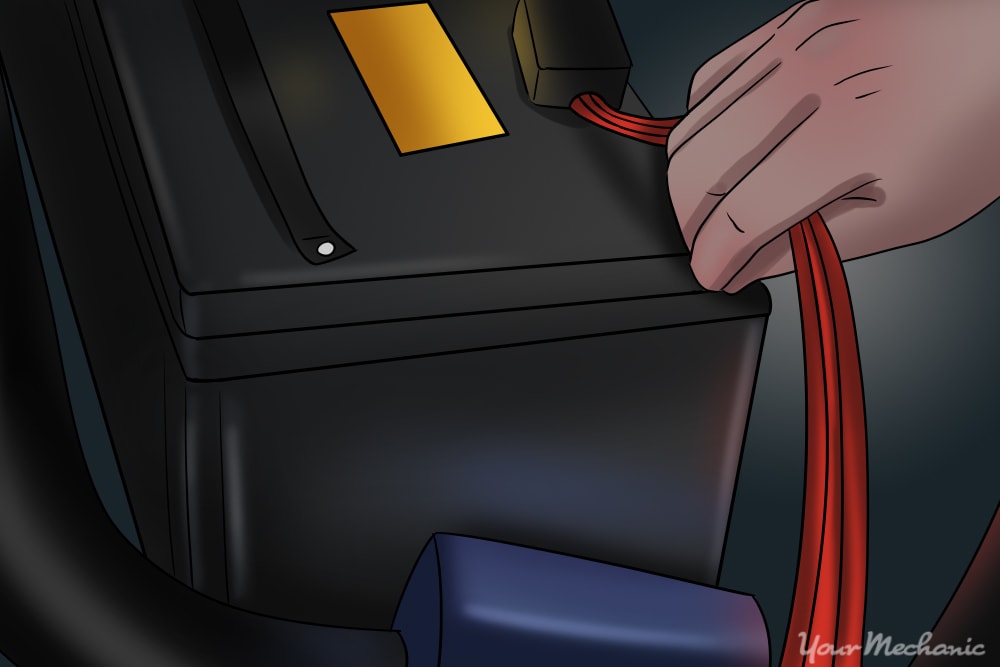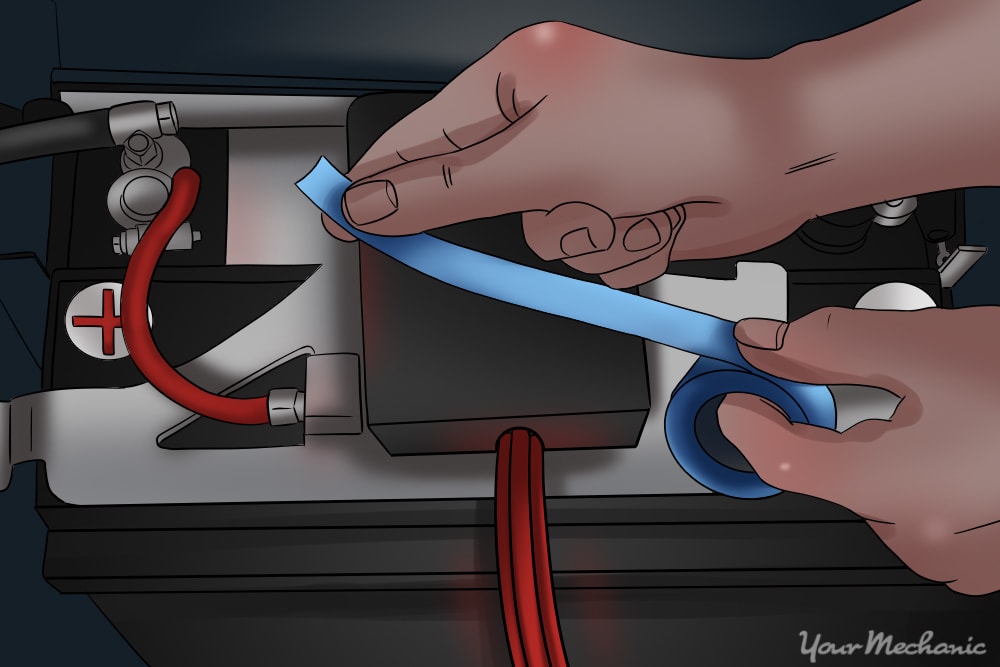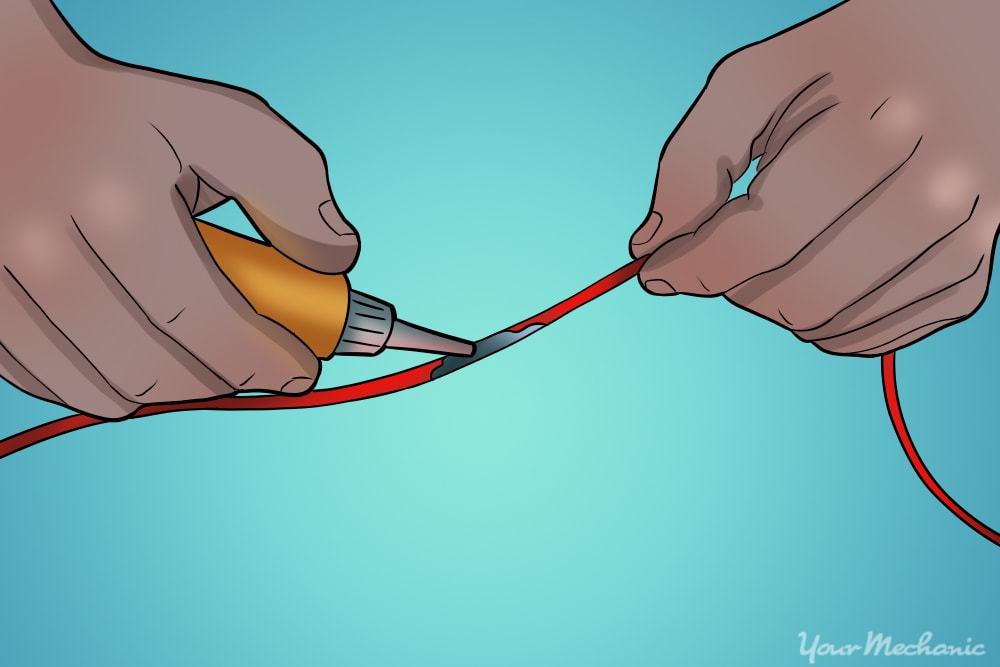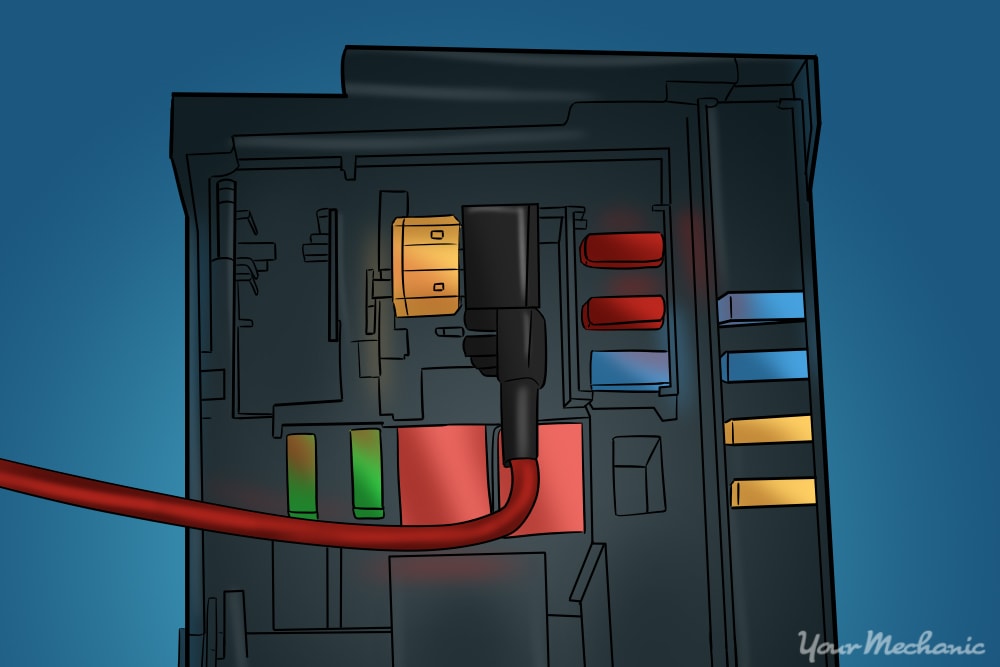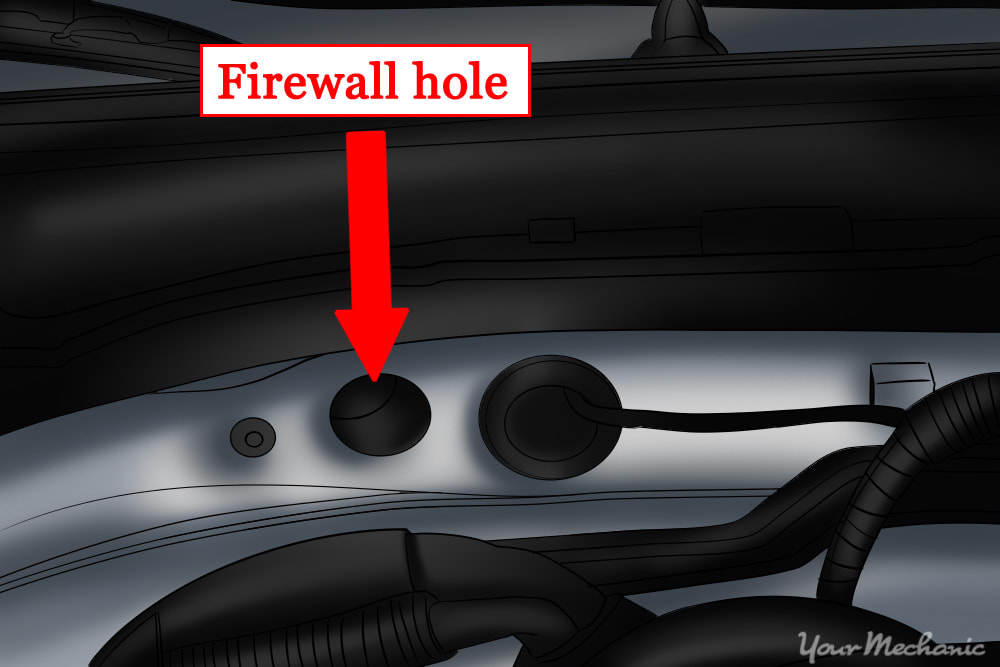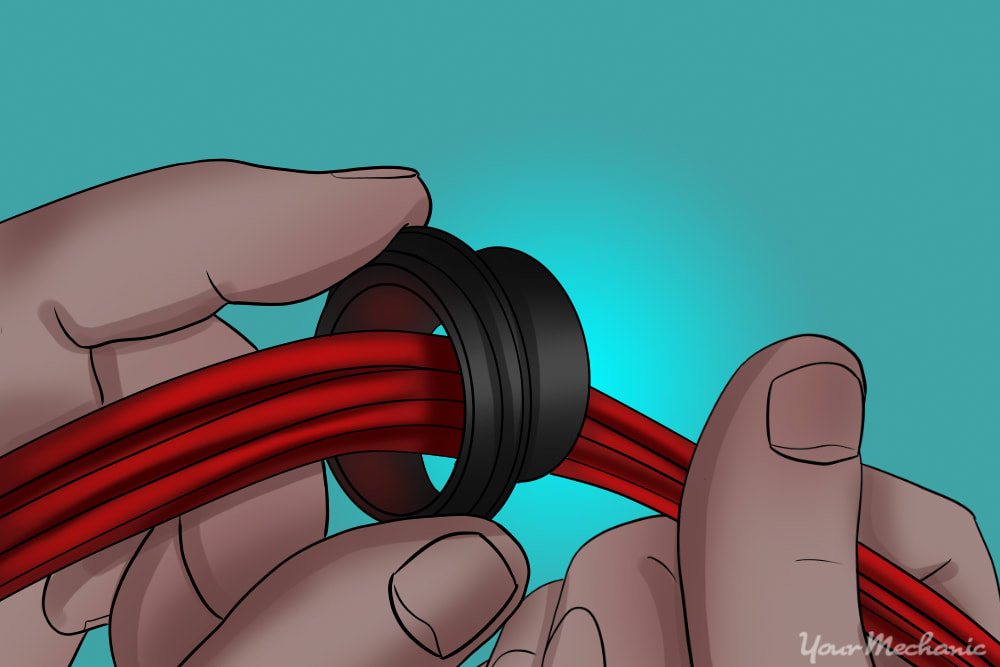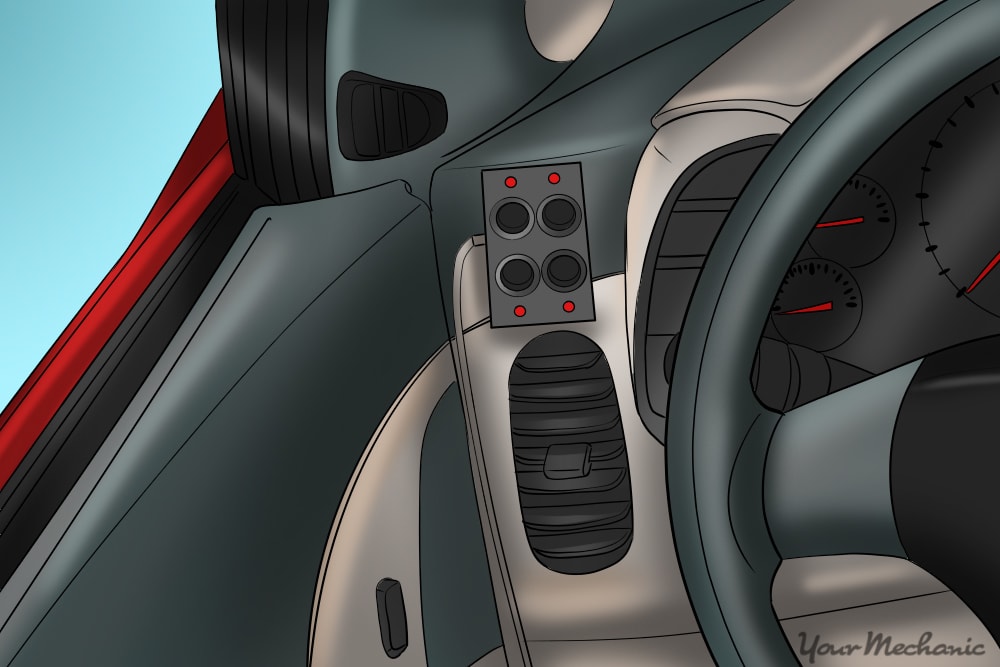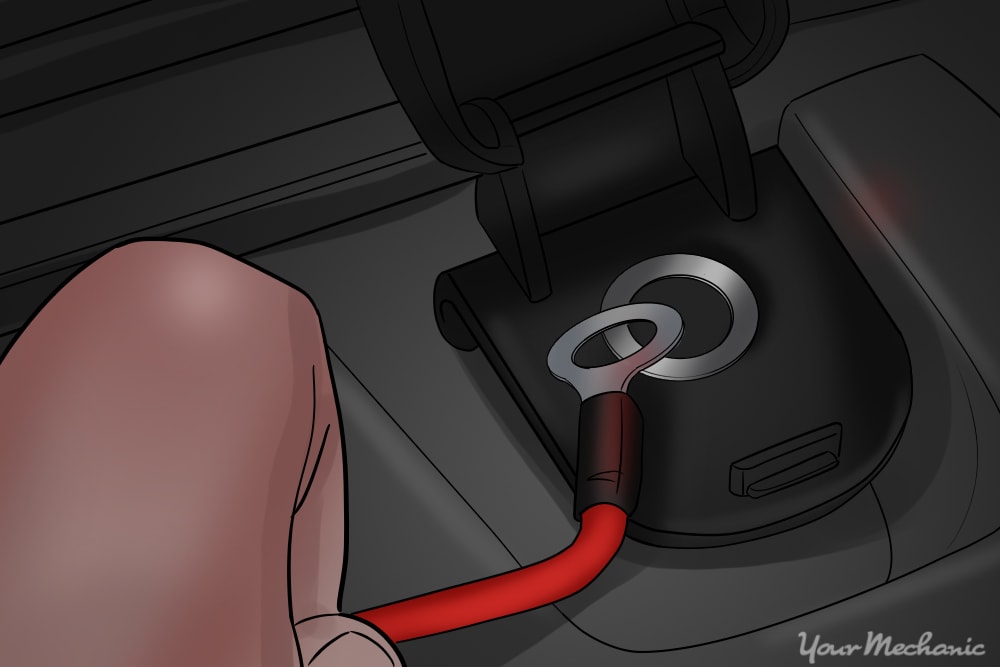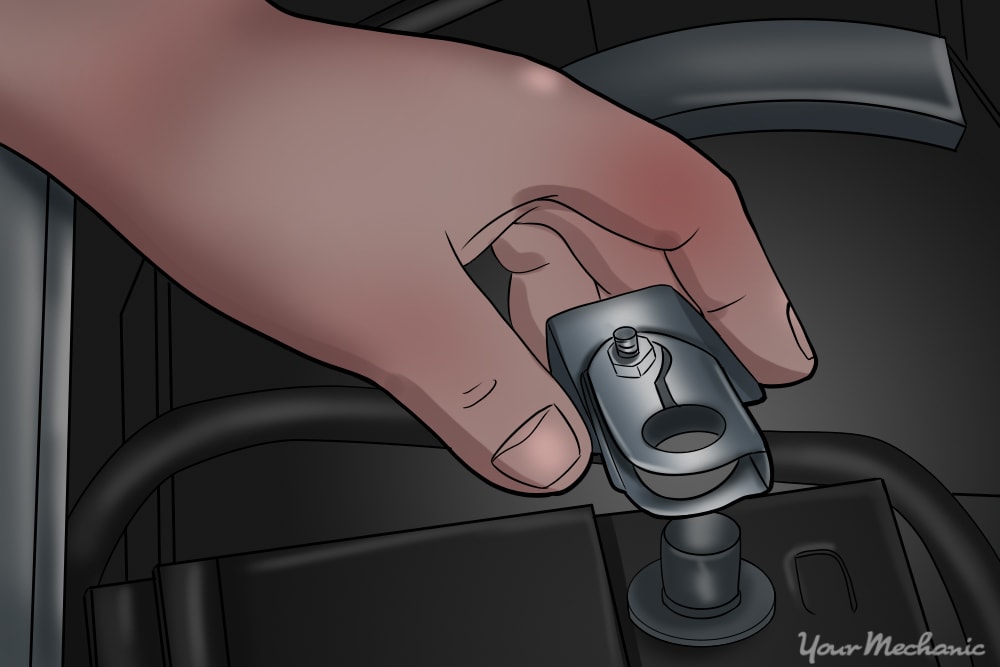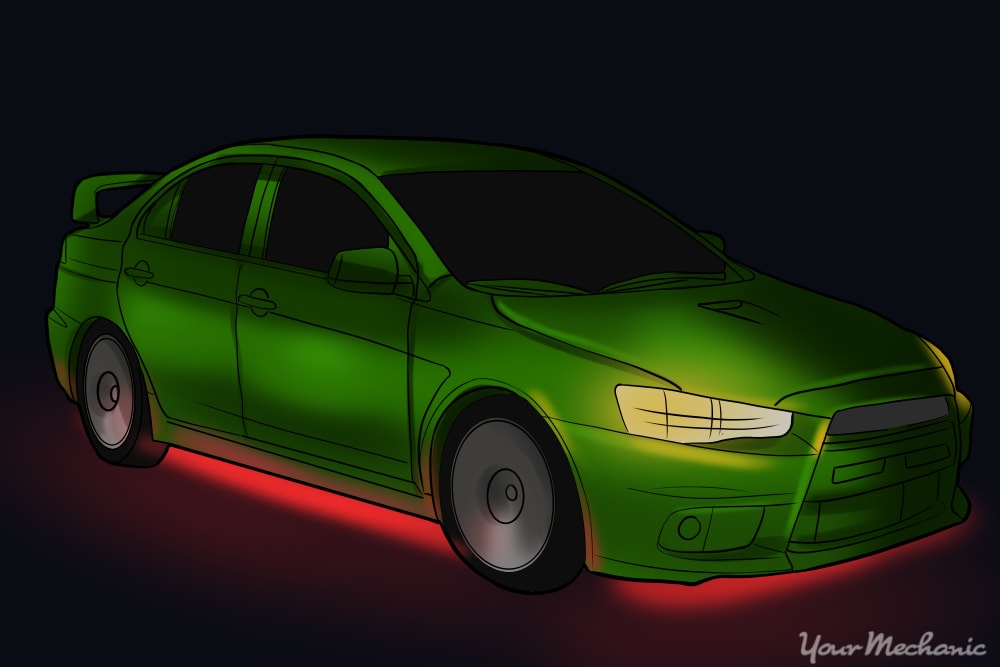

Have you ever been to a car show and seen those colored lights beneath the car? These neon lights can be used to give your car a unique aura as you drive through the night.
With advancement of LED technology, these kits have become less expensive, and you can select any color you want. Depending on the type of kit you get, installation can be as easy as sticking the LEDs onto the car with tape and plugging everything in while other kits require may require extensive drilling.
With this in mind, it’s recommend to go for a kit that uses a strip of LEDs rather than tube kits. You can use double sided tape on the strip to give you more options of where to mount the light. On the other hand, tube lights typically require holes to be drilled in order to mount them - limiting your options underneath the car.
LED kits are usually designed the same way, with 2-4 lights, a junction box that distributes the power to the lights, and the control box which is mounted in the cabin so you can turn the lights on and off easily. This article will guide you on how to install a neon light kit on your car.
- Note: Before installing the kit on the car, read the instructions and plug everything in an outside electrical source. Test to make sure the lights work before you go through the trouble of installing everything. You want to make sure the kit isn’t defective before you go through with installing it.
Part 1 of 3: Installing the lights
Materials Needed
- Drill
- Double sided automotive tape
- Heat gun
- Heat shrink tubing
- Jack
- Jack stands
- Marker
- Screwdriver
- Silicone sealant
- Solder
- Soldering iron
- Wire cutter
- Wire stripper
Zip ties
Note: Refer to the kit’s instructions to get the correct size drill bit for the mounting brackets.
Note: You may not need all of these tools depending on what kind of kit you ended up buying. Most LED kits have the connectors already installed on the wires so you just need to plug everything together. If you end up buying a kit where you need to make the connections, you will need the heat gun, heat shrink tubing, soldering iron, solder, wire cutters, and wire strippers.
Step 1: Disconnect the negative terminal of the battery. The battery will need to be off when we’re plugging the junction box and other cables into the car’s power.
Step 2: Lift the car onto jack stands. On a flat, level surface, use your jack to lift the car and place jack stands underneath to hold the car up while you work underneath.
It is best to lift all four corners of the car so you have plenty of space to move around.
Step 3: Locate some mounting locations. Hold the lights up to try and find some secure mounting locations.
Mounting locations will slightly vary from car to car, but in general, you will want to locate a flat surface that can accommodate the entire length of the light.
Mark some spots down for the brackets.
- Warning: Make sure you don’t drill into something important when making the holes. The inside of the pinch weld usually works well, just keep the lights away from the lift points near the wheels. Also, make sure the lights aren’t near heat or any moving parts such as the suspension, exhaust, or driveshaft.
If you are using double sided tape to secure the lights, make sure that the surface is clean and dry before applying the lights onto the car. Dust and moisture will lessen the strength of the adhesive and may cause the lights to fall while in motion.
Step 4: Drill holes. After you’ve surveyed a location to mount the lights, use the drill to make the holes for the mounting brackets.
If using tape, apply a strip to the full length of the LEDs.
Step 5: Screw in mounting brackets. Screw the mounts into the holes which you have just drilled.
Make sure to tighten them down so the lights are secured and will not move around.
Step 6: Install light into brackets. When using mounting brackets, it is recommended that you use a zip tie on each bracket to help keep the light secure.
- Tip: Orient the lights so that the cables are going to the front of the vehicle so you’ll have plenty of slack when hooking everything up.
If using tape, attach the lights to your clean, dry surface. Apply pressure onto the whole of the strip so that the whole light sticks.
Step 7: Repeat for all lights included. If you have multiple lights that you are installing, repeat this process for any other lights that you have.
You typically will want to go for symmetry, so have the lights at nearly identical spots beneath both sides of the car.
Part 2 of 3: Installing the junction box
Step 1: Locate an area under the hood for the box. Like the lights, keep it away from heat and moving parts. The battery is usually a good spot to mount the box so that you are close to the power.
Step 2: Run the light’s power cables to the engine compartment. Use zip ties to secure any loose cables and keep them away from heat and movement again.
These have to plug into the junction box so route them so they end up near your chosen mounting spot.
Step 3: Mount the junction box. Make sure the surface is clean and dry before applying the tape. Using tape here means you can reposition the box if necessary and is safer than drilling into parts under the hood.
Step 4: Connect lights to the junction box. Plug in all the light’s power cables into the junction box. Use a thin layer of silicone sealant to help protect the circuit from water.
- Tip: If you have to solder the connections, be sure to put a section of heat shrink tubing on the cable before you solder them together. A little silicone sealant can help protect these connections as well.
Step 5: Connect the power cable for the whole system. This step will vary depending on how the light kit is designed.
Some kits will hook directly into the car’s battery with an inline fuse to protect the circuit. This kind of kit will likely have the power go into the junction box. If this is the case, go ahead and hook the power up.
If your light kit gets power through the fuse box, you will want to wait until the control box is setup to connect the power. If this is the case, skip this step for now until the control box is setup in the next part.
Part 3 of 3: Installing the control box
Step 1: Locate the hole in the firewall that goes to the interior of the car. Many cars will have a hole that connects the engine compartment and the interior of the car.
There should be a rubber grommet to protect from dust and noise. There should also be a hole in the grommet where you can stick a cable through it.
If there is no hole, you will have to create your own. Make sure it is big enough for the connector to pass through and make sure you don’t drill through anything important.
Step 2: Remove the grommet and wrap around the control cable. Run the cable through the hole and replace the grommet.
Now we have our connection from inside the cabin to the junction box under the hood.
Step 3: Find a place to mount the control box. You’ll likely want it within arms reach while in the driver’s seat so that it is easy to turn on and off.
Secure it with some more double sided tape so it doesn’t move around.
- Note: If you didn’t plug in the power cable earlier, go ahead and plug it in now. Like I mentioned, these kits use power from the fuse box so there is some circuit protection. Make sure to read the instructions and use the correct fuse otherwise the lights may not function properly.
Step 4: Find a suitable location for the ground cable. Any unpainted metal underneath the car is usually a good source of ground.
You can also drill your own hole if you can’t find a bolt to undo to secure it to.
Step 5: Make any other necessary connections. Depending on the kit you bought, there may be some more connections that need to be made so follow the instructions to make sure everything is properly setup.
A common feature is an antenna so you can use a remote control to change the lights while outside the car.
Step 6: Double check all connections. Make sure all the connections are nice and snug and won’t fall out easily.
Check that all lights are connected to the junction box and that all power and ground cables are secured properly.
Make sure that the junction box and control box are held up sturdily before driving to avoid tearing.
Step 7: Hook up the negative cable on the battery. This will restore electrical power to the car.
Step 8: Test the lights out. You can now try your new lights. Be sure to try all the different functions of the light to make sure everything is working as intended.
With the LED kit installed, your car is now ready to be shown off to the world! As mentioned before, it’s really important that you test the kit before going through with the installation to make sure that it will work. Completing this installation will give your car a new look that will likely turn other driver’s heads at car shows and on the road.
When going through this installation, if you notice any glaring electrical problems with your car, a certified technician from YourMechanic can come to your home or office to diagnose and repair your car for you.



